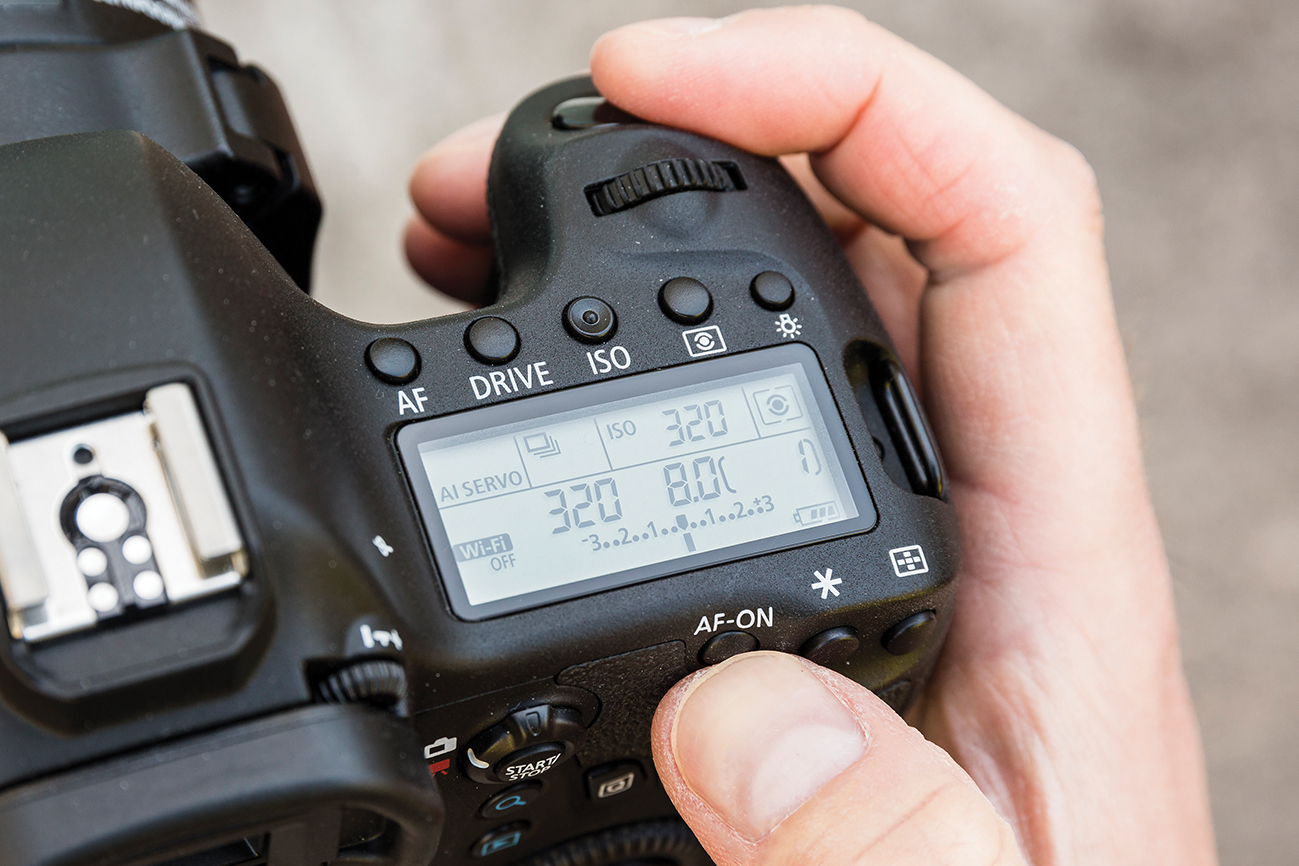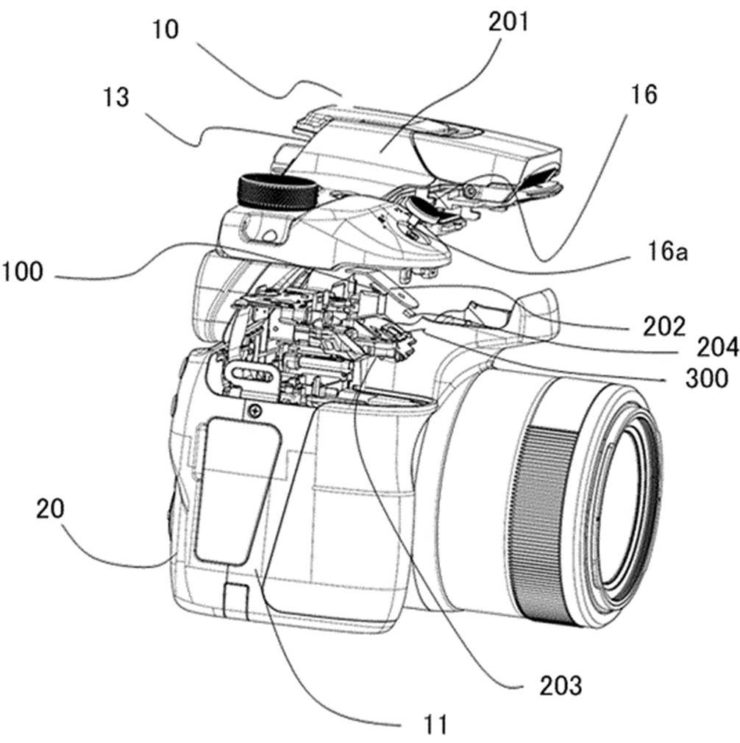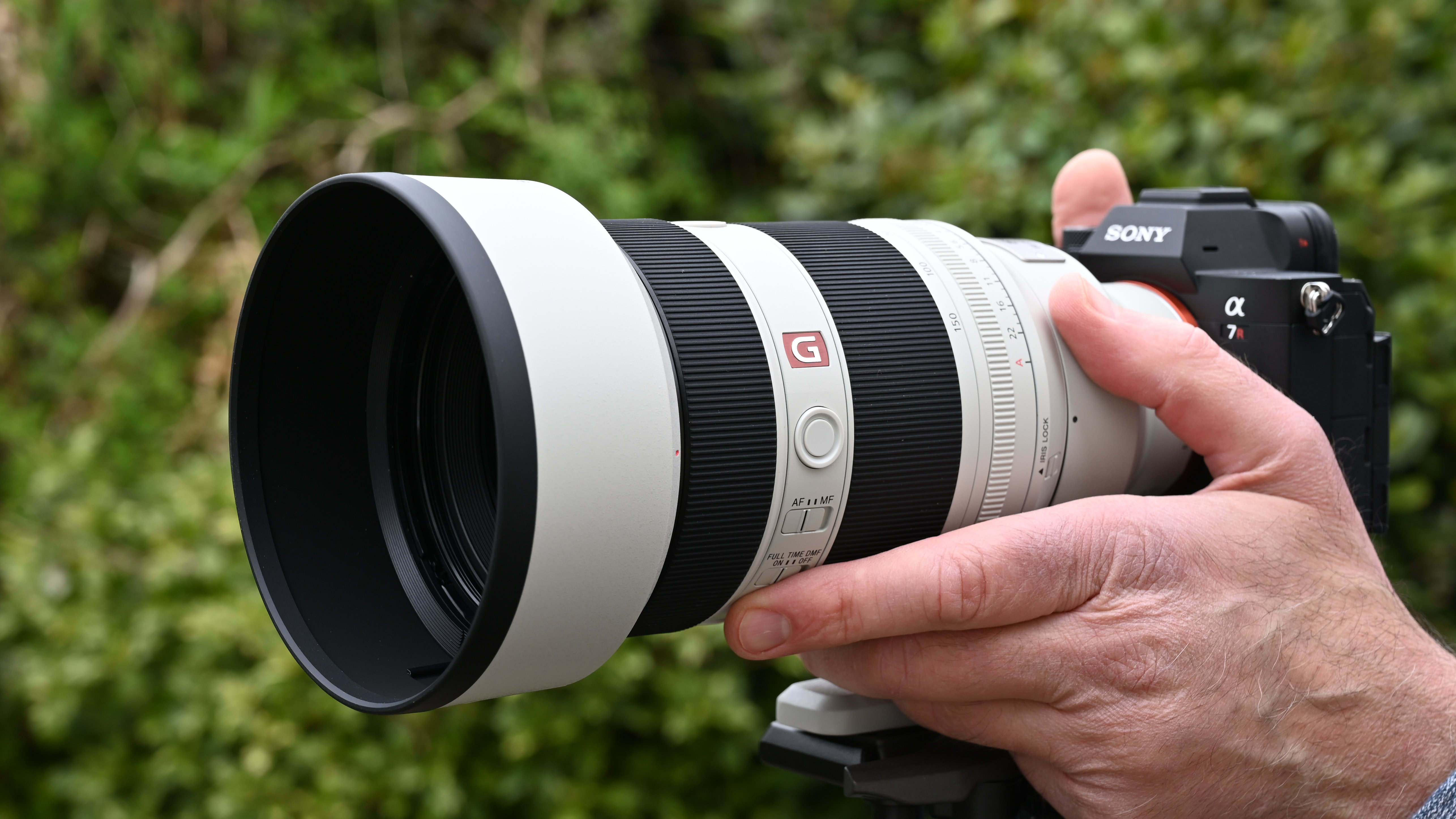Canon designs vibrating shutter button – is haptic feedback overdue in cameras?
Silent shutter causing confusion? Canon has designed a shutter button with haptic feedback

In a newly unearthed patent, Canon has designed a camera shutter button with haptic feedback – a simple mechanism that vibrates the shutter button when pressed.
Haptic feedback has been a mainstay of other technology devices for decades, with many different takes on the feature, from Apple's Force Touch iPhone screens to the Rumble Pak for Nintendo 64 games console controllers way back in the Nineties. For one reason or another, though, cameras have been largely neglected. Until now.
• Would the best Canon cameras be enhanced by haptic feedback?
This patent, spotted by Canon Watch is the first time we have seen this used in a camera shutter. To quickly surmise, haptic feedback is any time that a device emits tactile feedback to a user to alert them of an action, or immerse them in an experience.
This is most commonly in the form of vibrations, thermal changes, or electrical sensations. This is a useful way of notifying users, making experiences seem more 'real', and offering additional assistance to differently-abled users.

Canon's use of vibrating haptic feedback in its shutter button is an answer to the question of how to notify photographers when using silent shutter modes that the picture has been taken. As well as use in silent situations, Canon cameras such as the Canon EOS R5 and Canon EOS R6 Mark II have much faster electronic shutter speeds than their mechanical ones.
Usually, when using a silent shutter, there will be a visual indicator such as a box or icon in the viewfinder, however, these are often easily missed if the photographer is distracted by the subject, is shifting the camera, or blinks.
Get the Digital Camera World Newsletter
The best camera deals, reviews, product advice, and unmissable photography news, direct to your inbox!
A tactile vibration under the shutter would enable some physical feedback when taking a photo, while still managing to maintain the silent mode that is critical in quiet situations. This sounds like a useful additional layer of feedback for many busy photographers, especially those that might be missing feeling the mirror slap from a DSLR vibrate through the camera.
Phone cameras have utilized haptic feedback well for years, with many offering up small vibrations, amongst a growing list of other features, when a picture is taken, focus is achieved, or the camera is held perfectly level. As someone who detests their phone making unnecessary noises, so I rely heavily on haptic feedback.
However, I do really enjoy the sound of the camera shutter, but now I find myself shooting more and more using the electronic silent shutter, so I would welcome cameras adopting a more camera-phone-like user experience.
You can find out more about the latest Canon rumors in our camera rumors hub. You can also learn more about the best Canon lenses, and the best Canon RF lenses.

Gareth is a photographer based in London, working as a freelance photographer and videographer for the past several years, having the privilege to shoot for some household names. With work focusing on fashion, portrait and lifestyle content creation, he has developed a range of skills covering everything from editorial shoots to social media videos. Outside of work, he has a personal passion for travel and nature photography, with a devotion to sustainability and environmental causes.
